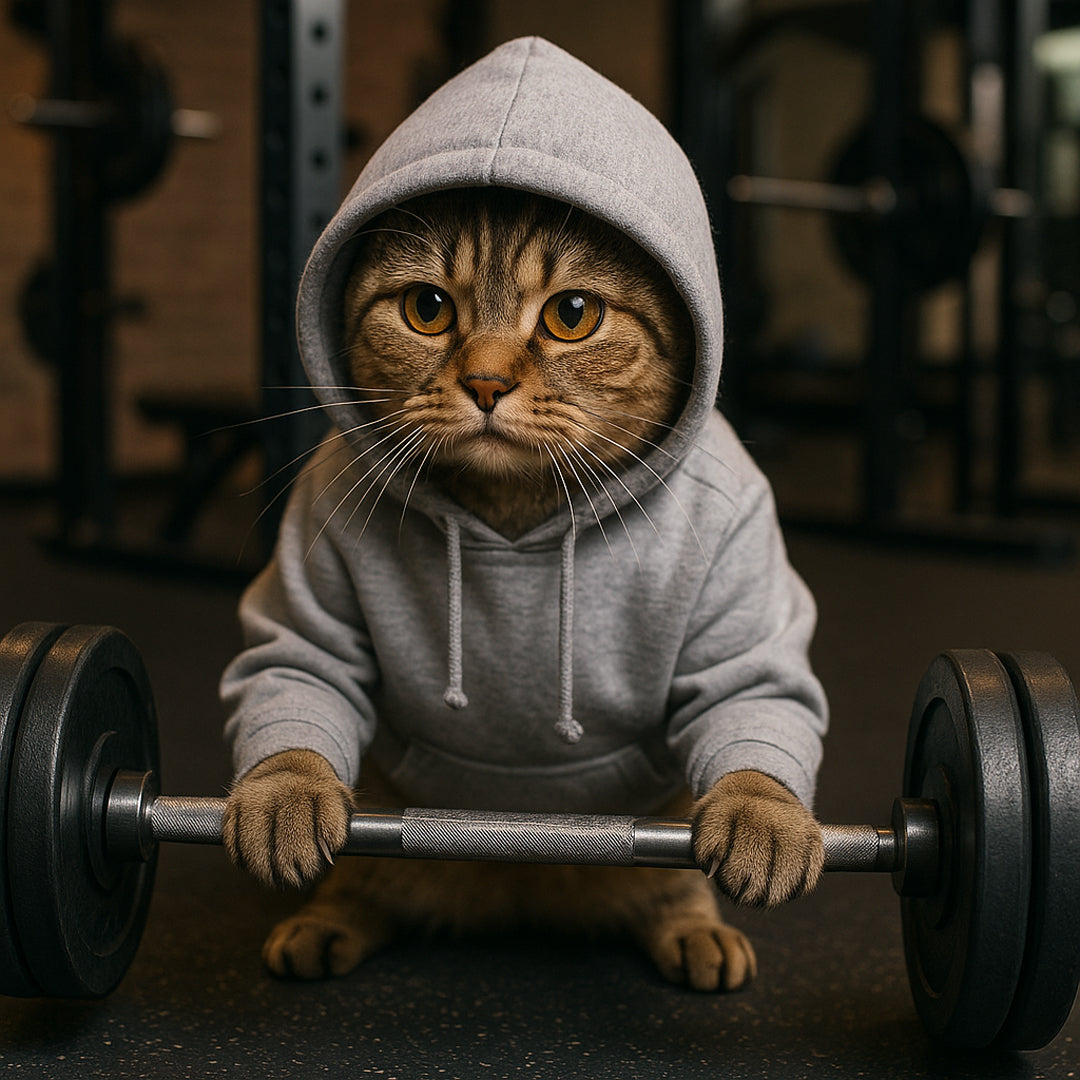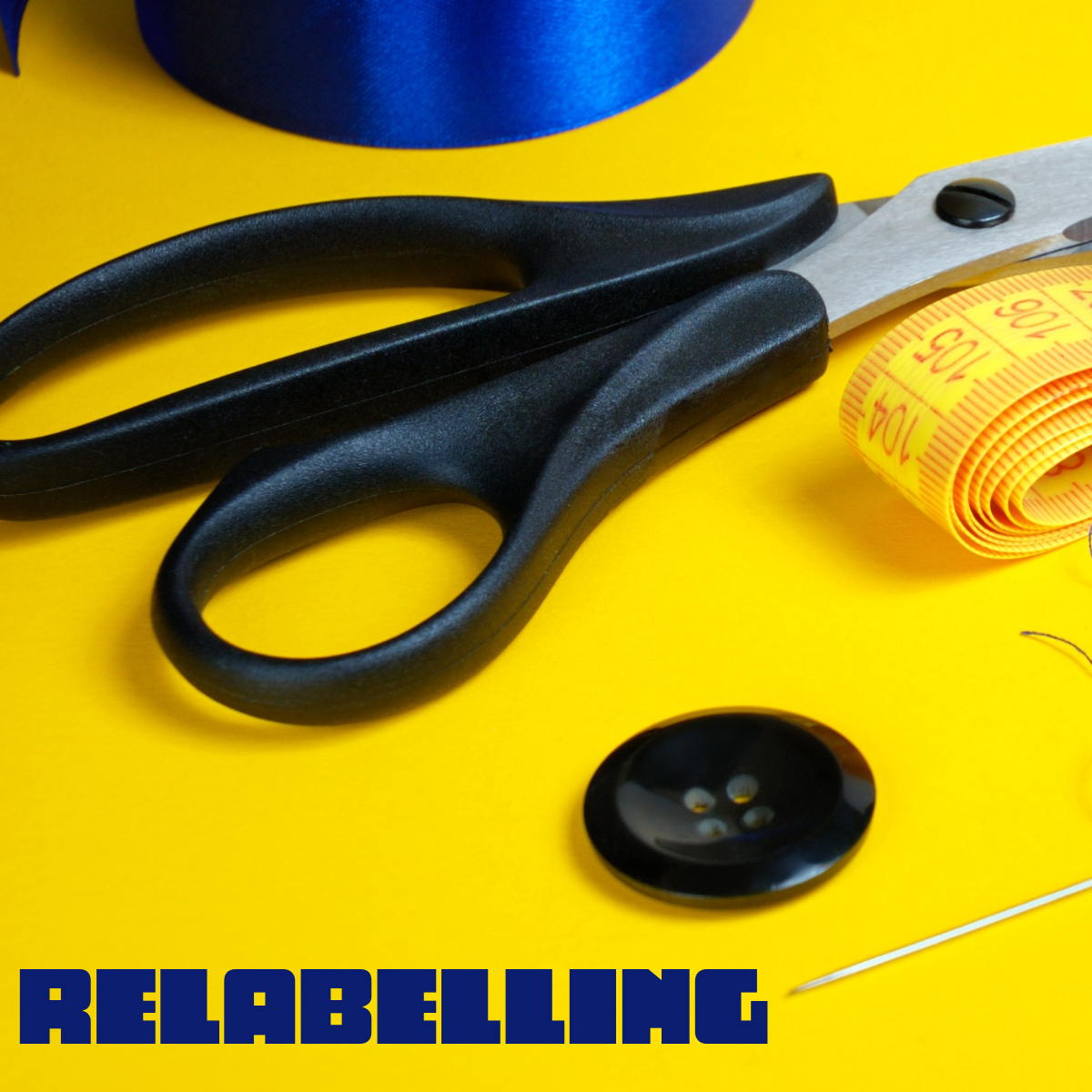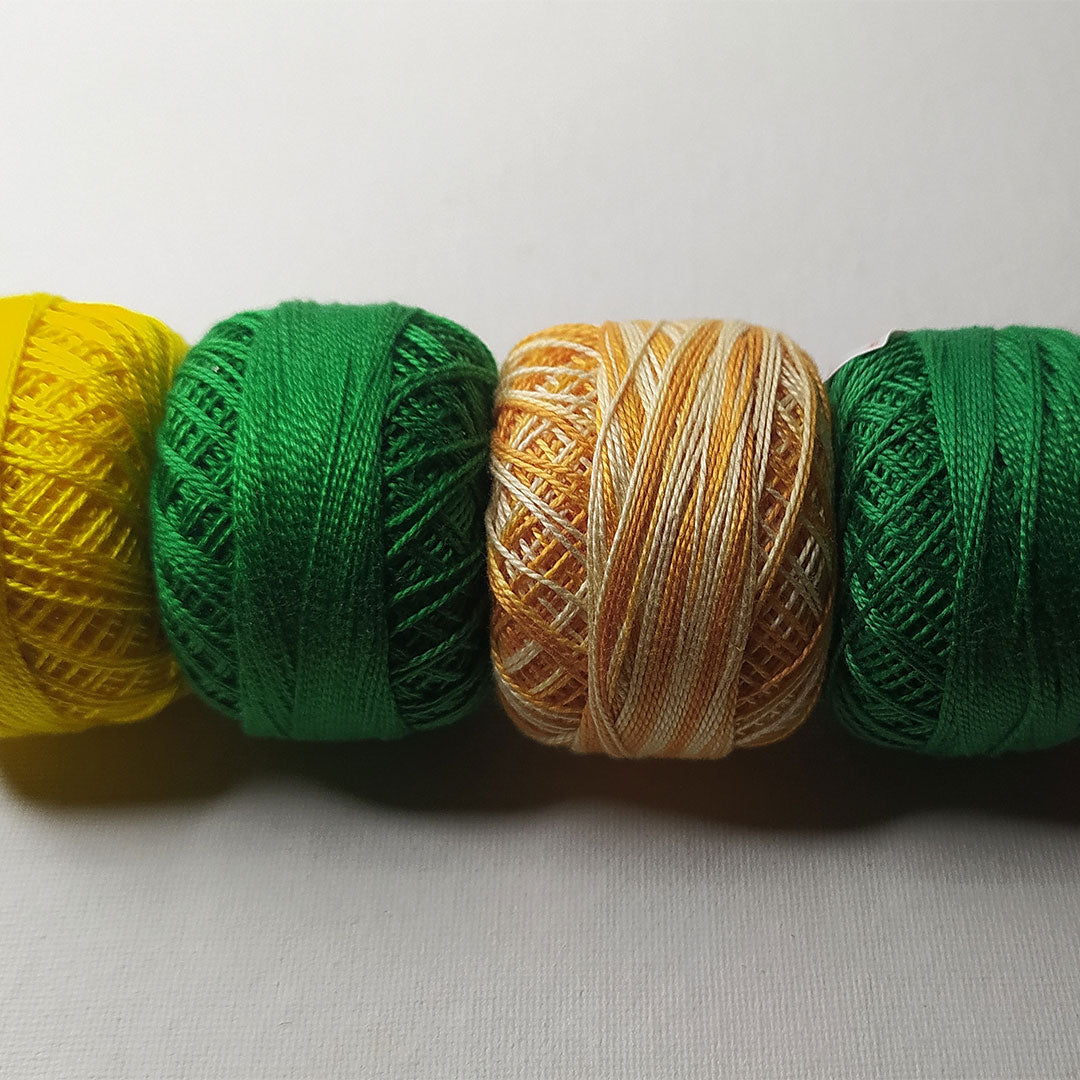
5 Questions to Ask Before Buying Uniforms
Purchasing uniforms can at times be a challenging process. But it doesn't have to be. Draw on House of Uniforms years of experience & consider our top 5 questions to ask before purchasing uniforms for your business or team.
1. Does the style you have selected have ongoing availability?
If your business tends to re-brand frequently this may not be a big issue. However, if your new uniforms are part of a big business re-brand that you want to last for a few years, it’s important to ensure the styles you choose will be available for repurchase for a long period of time. For some businesses this is the most important question they can ask before purchasing uniforms.
Unlike retail brands, which often produce garments seasonally, the majority of garments sold by uniform providers are ongoing. Meaning the same styles continue to be produced for many years.
However, it’s still important to check to determine whether the style you have selected will have ongoing availability as there is always a chance styles may be seasonal, have limited stock or be discontinued, meaning once stock runs out it’s gone forever.
2. What branding will suit your garments?
If you’re planning on branding your garments, you must consider whether the branding method you’re after will work on your chosen garments. For example, you can’t print on fleece garments as the texture of the fabric leaves an undesirable finish, however, embroidery could be a good option.
Similarly, if you are wanting to embroider your logo, you may need to steer clear of garments that are overly stretchy as the stitching may cause the fabric to become misshapen.
Once you have determined the method of branding that is most suitable for your garments & logo, it’s time to consider colouring. If your garments are dark in colour, you must ensure the colours you choose for branding aren’t also dark - this will make it difficult to see & render the branding useless.
It’s more effective to brand with light colours on dark garments & dark colours on light garments. For this reason, it may be helpful to have two different versions of your artwork one light & one dark, so there’s a suitable option for all garment colour variations.
3. Will your supplier provide a physical sample of your branding?
While your branding might look great as a digital mock up, there is no saying it will look the same once it is reproduced onto a piece of fabric. For this reason, it’s important that your supplier can provide you with a physical sample (or at least a photo of a physical sample) of your branding on a piece of fabric so you know exactly what you are getting & can make any necessary adjustments before production commences.
This is made even more important as, in most cases, branded garments are not eligible for return. So if you have approved artwork that, upon arrival, doesn’t look like you thought it would, you’ll most likely either have to just live with the inferior branding or incur the cost of repurchasing the garments & paying for them to be branded again.
4. Where is the best place to put your branding so it’s visible?
You’ve nailed your branding & it looks great! But if no one can see it, what’s the point? This is where branding placement becomes important. There are many options when it comes to choosing where to place your branding so it’s important to consider what will look best as well as what will be most noticeable for potential consumers.
For example, if your staff wear aprons over their clothes all day, ensure these garments don’t cover your branding or consider placing the branding on the aprons or shirt sleeves instead.
Similarly, if your staff often have their backs to potential customers while they are working, it may be beneficial to brand the back of the garments as well.
5. Does your industry have specific requirements regarding uniforms?
While certain industries have obvious uniform requirements due to OH&S compliance, which often necessitate safety gear such as hard hats and high-vis vests, there are also many other factors to consider when assessing the suitability of uniforms.
For example, do staff work indoors or outdoors & which garments do they need to cope with these conditions? Are workers client-facing or are they performing manual labour?
Uniform needs may also vary through different departments in the same company, for example, those working in a warehouse may need more functional clothing such as polos whereas those working in the office or meeting clients will likely want to give off a professional image by wearing business shirts.
If you're after more information on marketing or branding your SME check out our easy to follow guides below.
- Introduction & Overview (great for the time poor)
- Brands & Marketing (de-fluffed & made clear)
- Mastering the Buying Process (know what you need to know)
- Branding Methods & Placements (finishing touches for looking pretty)
Easy Explainers | Load Up On Learnings
- Choosing a selection results in a full page refresh.
Footer menu
House of Uniforms
Office & Showroom: (appointments essential)
4 Walter Street, Moorabbin 3189, Victoria, Australia
T: 03 95557797
E: info@houseofuniforms.com.au
Please contact us to make an appointment.
Want Deals & FREE Stuff?
Deals & Freebies
are for our amazing subscribers only.
_____________________________
Sorry there's NO Auto :
- free shipping coupons,
- 10% intro vouchers
- Or any other generic offers
Why Subscribe? Well, we love spoiling our subscribers, we're known to be very generous. So go ahead hit subscribe; You'll love being part of our exclusive group.
Don't want to Subscribe? That's totally fine. You can still shop with us, you just won't receive any special offers, deals or freebies.
Bulk Discounts are for everyone (subscribed or not).
© 2025, House of Uniforms Powered by Shopify
!










